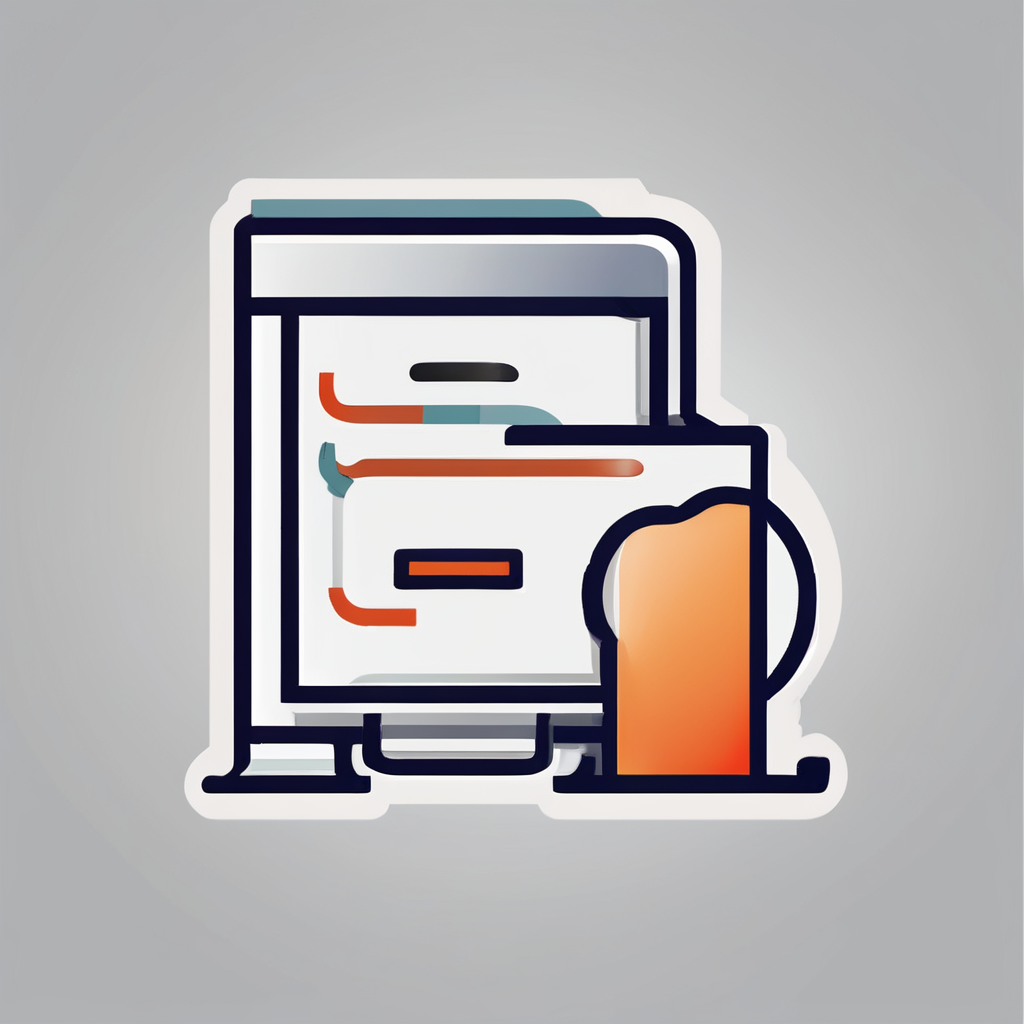Understanding Docker Secrets Management
Docker secrets management is a vital component in maintaining sensitive information, such as passwords, API keys, and certificates, within containerized applications. By leveraging Docker secrets, developers can enhance the security of their applications while minimizing exposure to unauthorized access.
One of the primary methods for managing secrets in Docker is through Docker Swarm. This native clustering and orchestration tool enables applications to run in a distributed environment. Docker Swarm is instrumental for its capabilities, particularly its built-in tools for securely handling secrets. By integrating secrets directly into the swarm, sensitive information is never stored in clear text within containers, reducing potential attack vectors.
Also to discover : Essential tips for securely implementing sso solutions with saml: strategies for success
However, managing secrets securely within Docker Swarm comes with its own set of challenges. Ensuring that secrets are transmitted and stored securely requires precise configuration and access controls. Missteps in these areas could inadvertently expose sensitive data. It is also crucial to guarantee that only authorized containers have access to relevant secrets, necessitating a robust permissions schema.
To effectively use Docker secrets management, it’s important to:
Also to discover : Boosting mysql query efficiency: proven techniques for optimizing performance
- Understand the architecture of Docker Swarm
- Implement best practices for secret storage
- Regularly audit and update security policies to maintain data protection
With careful planning and execution, Docker secrets can significantly enhance the security of containerized applications.
Best Practices for Safeguarding Docker Secrets
Ensuring the security of Docker secrets is crucial for maintaining the integrity of applications. Protecting sensitive information requires implementing best practices for safeguarding secrets through encryption and access control measures.
Utilizing Environment Variables
Environment variables provide a practical way to manage secrets without embedding them directly into code. They facilitate easier changes and separation of configuration from code. However, storing sensitive information in environment variables comes with limitations. It is vital to understand that variables can be exposed via process introspection tools or logs. Therefore, they should never be used for storing high-risk secrets.
To set up environment variables securely, consider the following best practices:
- Use platform-specific services like Docker Secrets, which encrypts secrets in transit and at rest.
- Limit the visibility of environment variables to necessary processes only.
- Regularly audit and remove unused variables to minimize exposure risks.
Implementing File Permissions
Strict file permissions are essential to safeguarding sensitive files. By restricting access, you can prevent unauthorized modifications or disclosure. When configuring file permissions in Docker:
- Ensure minimal access by granting permissions on a need-to-know basis.
- Continuously monitor permission changes and log access activities.
- Utilize Docker’s volume management to control file access throughout container lifecycles.
Techniques for Encrypting Docker Secrets
Encrypting secrets in Docker is crucial for data protection. Secure encryption methods ensure confidentiality and integrity, preventing unauthorized access to sensitive information. In the context of Docker, implementing a robust encryption strategy involves understanding suitable standards like AES (Advanced Encryption Standard) and RSA (Rivest-Shamir-Adleman). These algorithms offer varying levels of security, with AES being a symmetric encryption method, meaning the same key is used for encrypting and decrypting data. In contrast, RSA is asymmetric, utilizing a pair of public and private keys.
In a Docker swarm environment, encrypting secrets is a straightforward yet critical process. Start by configuring your Docker service with secrets using the command-line interface, ensuring important keys and credentials are securely stored and transmitted. Consistent application of these steps fortifies the environment against potential breaches.
Moreover, secrets management tools like HashiCorp Vault or AWS Secrets Manager play a pivotal role in security. These tools automate the lifecycle of secrets, including rotation, expiration, and access control. By integrating secrets management tools, you enhance your data protection measures, providing an additional layer of security beyond standard encryption methods. Prioritizing secure encryption methods with the aid of specialized tools is potential empowerment for Docker users, making data protection more manageable and effective.
Tools for Monitoring Docker Secrets
Effectively managing Docker secrets requires robust tools specifically designed for this purpose. These tools provide the ability to observe, control, and protect sensitive information within a containerized environment. Utilizing monitoring tools is essential for both security auditing and maintaining secret management tools efficiently.
Overview of Popular Monitoring Tools
When considering monitoring tools, it is crucial to evaluate various options available on the market. Some notable tools include HashiCorp Vault, CyberArk, and AWS Secrets Manager. These options not only facilitate secure storage and retrieval of secrets but also provide additional features like access control and encryption.
Key features to look for include:
- Real-time monitoring capabilities to detect any unauthorized access or changes to secrets.
- Integration with existing infrastructure and software.
- Robust reporting and alerting mechanisms to ensure prompt responses to potential security threats.
Security Auditing Practices
Regular security audits are vital in assessing the effectiveness of secret management practices. Audits can reveal potential weaknesses or compliance issues that need addressing.
To perform successful security audits, employ techniques such as vulnerability scanning and penetration testing. Tools like Nessus and Nmap can serve these purposes, ensuring that secret management measures are thoroughly evaluated and fortified against potential threats. Maintaining high standards in security auditing guarantees a proactive approach to Docker secret management.
Real-World Case Studies and Examples
Exploring real-world applications of secure Docker secrets management can illuminate best practices and potential pitfalls. Successful organizations often showcase innovative effective implementations.
Case studies highlight different configurations in action. For instance, a tech company reduced unauthorized access incidents by integrating Docker secrets with a centralized management system. This approach ensures secrets are automatically injected into the containers without manual handling, minimizing security risks.
Analyzing these effective implementations, common tactics emerge. Organizations often use secret management tools like AWS Secrets Manager or HashiCorp Vault for storing and accessing secrets. This method secures sensitive data by rotating secrets regularly and restricting access based on role permissions.
Lessons from these case studies accentuate the importance of addressing common pitfalls. Challenges such as improper secret storage and inadequate access management are prevalent. However, solutions like encrypting secrets and setting precise access controls in Docker can mitigate these issues effectively.
Different use cases demand tailored configurations. Development environments, for example, might necessitate separate secret stores to prevent any accidental cross-contamination with production secrets. By reviewing real-world applications, teams can better strategize their configurations, ensuring both robust security and operational efficiency in their Docker environments.






